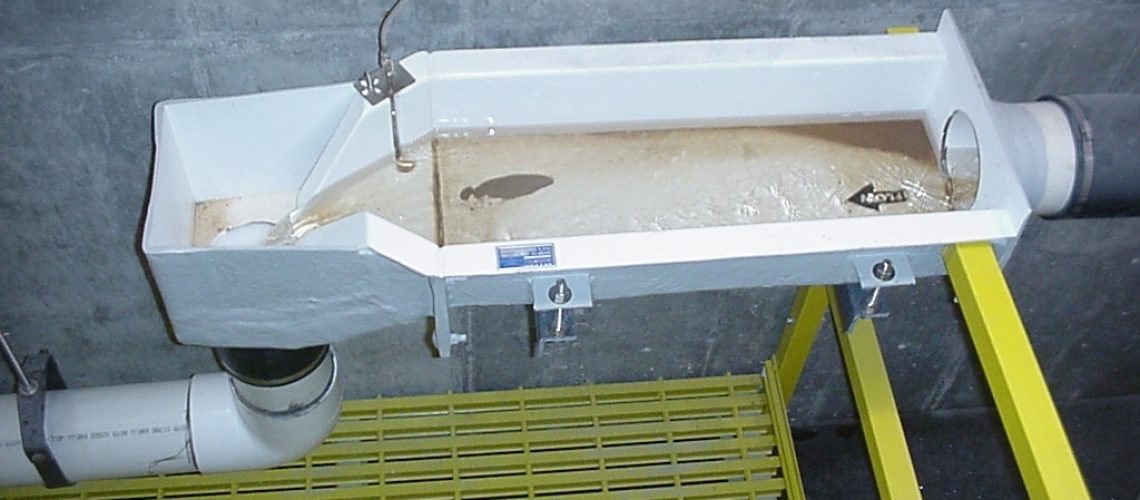Both flumes and weirs can offer accurate flow rate measurements, but the effectiveness of each depends on a wide range of flow channel conditions. If you want to get the most out of your measurements, you’ll have to find the device that fits best. Take a look at when to use flumes over weirs, and discover the advantages flumes can offer in certain situations.
Limited Space Upstream
Weir boxes need a lot of upstream space to function properly. Upstream is where you have to install a weir pool, and these pools have some pretty serious space requirements. A weir pool has to cultivate a straight and uniform cross-section channel that’s about 20 times larger than the maximum anticipated head of the flow. With increased flow rates, the size of the pool gets even larger and wider. Flumes don’t have a similar requirement. All they need is a subcritical flow coming in at a uniform velocity without excessive turbulence.
Cold-Weather Conditions
If you’re dealing with cold-weather conditions, you won’t want to use a weir. The crest of a weir is the most essential aspect in getting accurate measurements, but cold weather can cause the crest to form bits of ice. When this happens, it changes the dimensions of the crest, which throws off your readings entirely. Meanwhile, flumes don’t really have any parts that can form ice, so you don’t have to worry about ice forming anywhere that’s integral to the functionality of the device.
Less Than Optimal Discharge Conditions
For a weir to work properly, it must have free-spilling discharge conditions. Anything less, and you won’t be able to get accurate measurements. The water going over the weir crest, or the nappe, must be properly aerated to prevent collapse. This can’t happen without free-spilling conditions. In fact, it’s recommended that the crest be a full 2 inches higher than the downstream water level at its maximum anticipated point. Flumes also tend to perform better with free-spilling discharge conditions, but they’re not always necessary. You’ll even find some flumes that have equations available to account for submergence.
Flows With Solids
If you’re dealing with a flow that has solids passing through like trash or debris, a weir isn’t the best option. These solids will accumulate around the crest of the weir, which can quickly throw off the dimensions, making measurements inaccurate. Additionally, you may encounter sedimentation in the weir pool, which will raise its depth and throw off your measurements. Meanwhile, flumes are quite adept at passing solids, especially flumes with flat floors.
Flumes From Tracom
Now that you know when to use flumes over weirs, you can get one of your own. At Tracom, you’ll find all sorts of flumes available in various sizes and styles. You can also work with our team to design a custom flume that lets you use a device specifically crafted to work with your unique flow channel conditions. Contact our team today to get started with your next flume!



